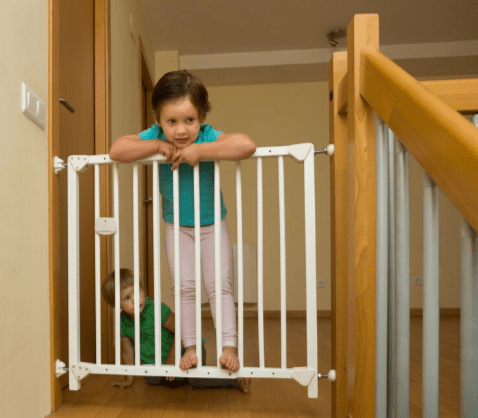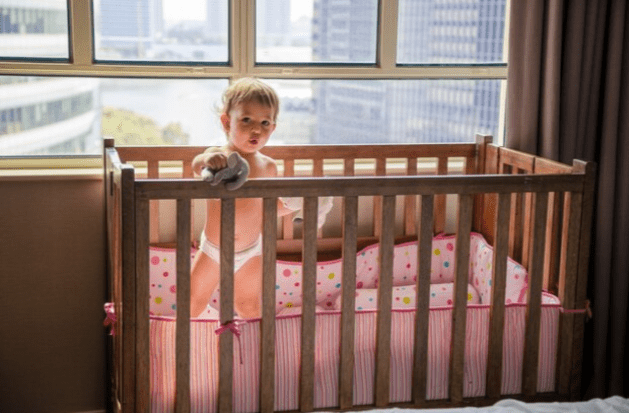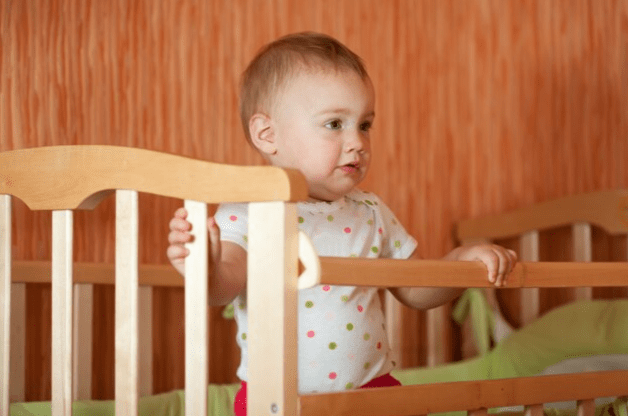Overview
Any parent can hear the sweet sound of a baby’s small feet tapping on surfaces; it’s a surefire indication that they’re ready to explore their surroundings. But for a curious child, this exploration frequently leads to unsafe places. In order to provide a safe space where young children can play and learn without the risks associated with stairs, doorways, and other potentially dangerous locations, baby safety barriers are a necessary tool. The goal of this article is to offer thorough guidance on selecting and utilizing baby safety barriers.
Recognizing the Need for Safety Barriers for Babies
Babies are naturally curious and want to explore as they get older. Nonetheless, there are hazards associated with this exploration. There are several potential hazards in homes, such as kitchens, baths, and stairs. According to statistics, a large portion of baby mishaps take place at home. By being aware of these dangers and your child’s developmental stages, you can better set up your house to be a secure environment for learning and development.
Baby Safety Barrier Types

Doorway Gates: Designed to fit inside door frames, doorway barriers essentially prevent access to spaces such as restrooms or kitchens. They are highly versatile and may be mounted either hardware- or pressure-mounted, making them perfect for defining domestic zones. These barriers are essential for preserving kid safety since they keep some rooms off-limits and give parents peace of mind as their young ones explore their environment within secure bounds.
Stair Gates: A major safety risk are stairs. For increased security, stair gates are often hardware-mounted and made to be extremely strong. Both the top and bottom of steps can have them.
Configurable Gates: These gates can be shaped to fit larger or more atypically shaped regions. Their versatility allows them to be utilized as freestanding play yards, Christmas trees, or around fireplaces.
Travel/Portable Barriers: Made for families on the go, these are small, light, and sturdy. They can be used outside, in motels, or at relatives’ houses.
Selecting an Appropriate Baby Safety Barriers
Choosing the best barrier for your child is a deliberate process impacted by a number of important considerations rather than being a one-size-fits-all choice. Your child’s age and level of mobility are very important because toddlers may need different obstacles than babies. Whether your property has numerous levels, asymmetrical spaces, or large entryway, its distinct layout is also very important.
Think about the particular locations where safety is most required as well. Precise measurements are essential to guarantee a comfortable, secure fit. To select a barrier that offers safety without substantially upsetting the family’s routine, consider how it is used on a regular basis. In the end, the ideal barrier fits in smoothly with your way of life and gives your inquisitive child the highest level of protection.
Standards and Certifications for Safety
Safety barriers ought to be certified as trustworthy and safe by holding certifications and adhering to industry norms. Seek for goods that adhere to the guidelines established by groups such as the Juvenile Products Manufacturers Association (JPMA). These certificates indicate that the product has undergone quality, durability, and safety testing.
Installation Advice and Typical Errors
Installing things correctly is essential. Improper installation can turn even the safest gate into a dangerous object. Use all parts that are supplied, carefully follow the manufacturer’s instructions, and make sure the gate is secure before allowing your child to approach it. Using pressure-mounted gates at the top of stairs or improperly fastening hardware-mounted gates are examples of common errors.
Exploration and Safety in Balance
Children must be allowed to explore and absorb information from their surroundings, even though safety comes first. While using boundaries to keep kids safe, make sure they have lots of room to play and explore in a secure environment. To promote safe exploration, often spend time in guarded settings with your child.
Upkeep and Frequent Inspections
Safety gates are not indestructible; over time, they may loosen or deteriorate, which will reduce their usefulness. It’s important to check your gates on a regular basis to make sure they stay firmly in place and make any required modifications. Being alert is essential, particularly as your child develops and learns. They could learn how to unlock or climb the gate, indicating that a new safety strategy is required. To continue assuring your child’s safety in your house and to adjust to their developing abilities, you must remain aware of these changes and keep your safety barriers intact.
Overcoming Obstacles to Establish a Completely Safe House

Although they are a vital component of baby safety barriers are simply one aspect of overall safety. Covering electrical outlets, securing bulky furniture to walls, and keeping dangerous items out of reach are all part of making a house kid-friendly. The most important factor, though, is constant supervision. An extra degree of security is offered by active monitoring, which enables you to act quickly in potentially hazardous circumstances. Even with the most extensive safety planning, a caregiver’s watchful eye is important for protecting the inquisitive, always on-the-go young adventurers as they explore their surroundings.
True Narratives and Personal Experiences
The installation of baby safety barriers is credited by many parents as providing them with peace of mind. Anecdotes from families all around the world show innumerable mishaps avoided and priceless lessons learned. These stories are more than just testimonies; they offer a glimpse into the real-world effects of safety barriers. They demonstrate how a small improvement to the house can drastically lower the youngest and most defenseless family members’ risk of injury. By talking about these experiences, we can all better understand and appreciate the usefulness of safety barriers and their crucial function in providing a safe space for infants to develop and explore.
In Conclusion
Choosing and implementing the right infant safety barrier is essential to creating a safe haven for your curious kid. You may create an environment that is conducive to learning and growth by fully comprehending the range of possibilities available, adhering to safety regulations, and striking a balance between the child’s need for exploration and protective measures. This methodical technique guarantees that your kid will go out on their exploration in a safe environment, giving you, as their parent, a great sense of comfort and confidence in their welfare.
We hope you found this information helpful in your journey to create a safer environment for your family. At GuardWell Safety, we understand that every home is unique, and so are your child-proofing needs. That’s why we offer a Free Child-Proofing Consultation tailored to your specific requirements. Let our experts help you identify potential hazards and provide personalized solutions to make your home a secure haven for your little ones. Book your free consultation today and take the first step towards peace of mind.






